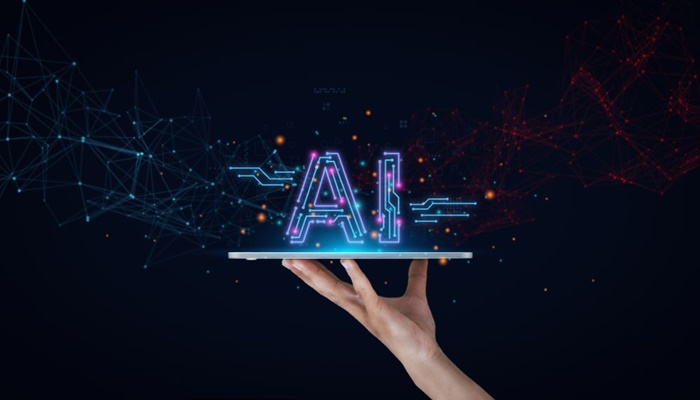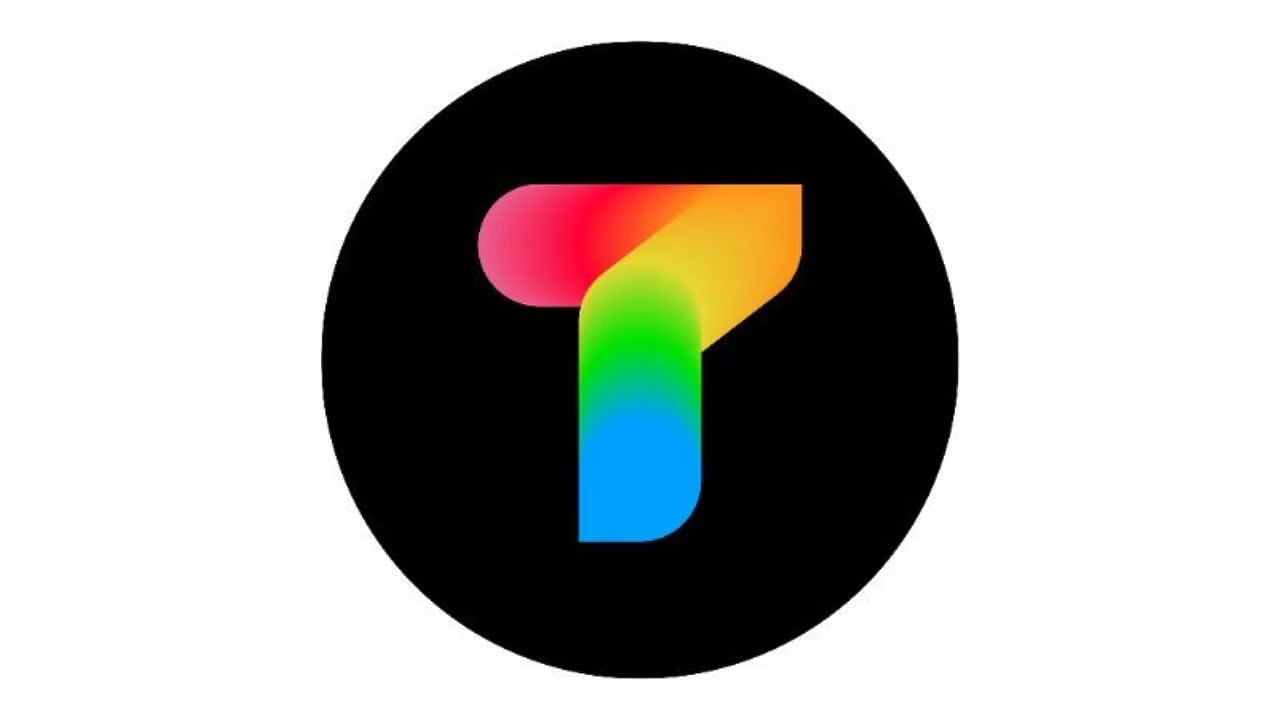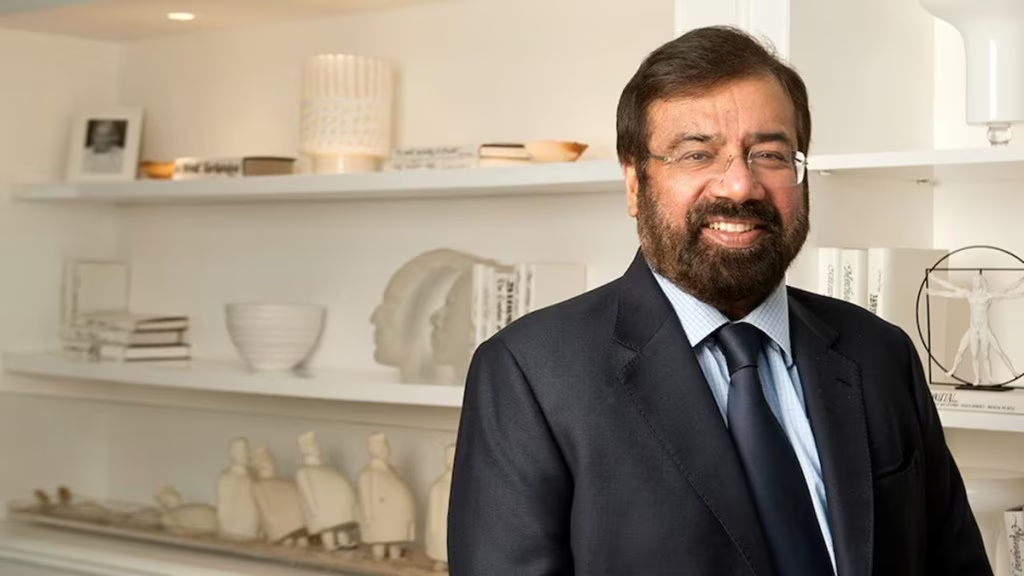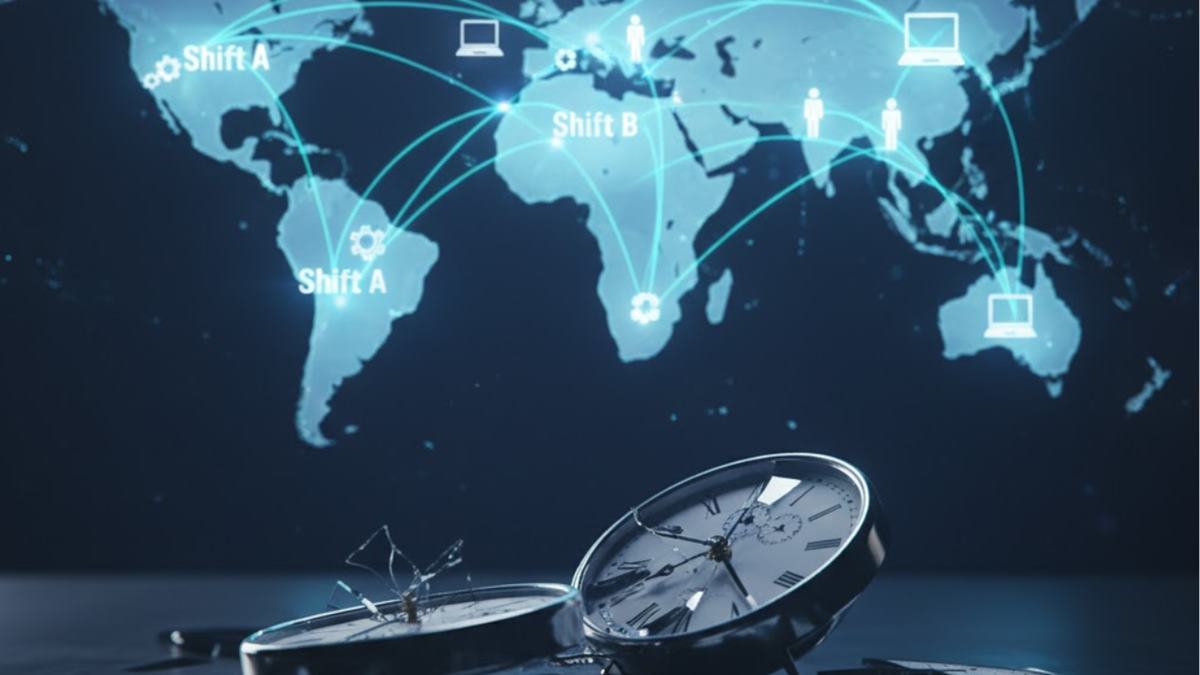For over a century, the 9-to-5 workday has been the gold standard of employment. Rooted in the industrial age, it was designed to bring predictability and structure to both employers and employees. But in today’s hyper-connected, digital-first economy, this rigid schedule is losing its relevance slowly. The question now is not whether the 9-to-5 will survive, but how HR leaders can reimagine work for a world moving towards a multi-shift model.
At the heart of this shift are two powerful forces: globalisation and digitalisation. Globalisation expanded the reach of businesses across borders, creating a landscape where teams, clients, and operations span multiple time zones. Meanwhile, digitalisation has enabled seamless connectivity, real-time data access, and remote collaboration from virtually anywhere. The pandemic accelerated this transformation by normalising remote and hybrid models, forcing organisations to rethink what productivity truly means.
As a result, multi-shift models have now expanded beyond industries like manufacturing and healthcare to other industries like finance, software, and even law. For HR, this signals the need for a fundamental rethink of workforce design, moving away from a one-size-fits-all system into a more dynamic structure.
Three priorities stand out for HR leaders trying to make this happen. First is redesigning jobs to build roles that are inherently flexible, modular, and purpose-driven. Instead of defining jobs by static responsibilities or rigid schedules, HR should break them down into projects and outcomes. Redesigning jobs around goals gives employees more autonomy over when and how they work, while still maintaining clear expectations and accountability.
The second priority involves transforming workforce planning. HR needs to design schedules that not only cover global business hours but also support seamless handoffs between shifts, ensuring continuity and collaboration around the clock. This means creating interconnected teams that operate like a relay race, passing the baton smoothly across regions and technologies to keep work flowing without interruption.
The third priority is protecting the employee wellbeing, which can be a delicate balancing act. While flexibility can be empowering, it can also blur the lines between work and rest. HR must lead in shaping a culture where sustainable productivity thrives across diverse schedules by supporting meaningful downtime and ensuring consistency and fairness across shifts.
Technology has become a powerful enabler in helping HR to shift into the multi-shift model by integrating core HR processes like scheduling, performance tracking, and monitoring into centralised platforms. With analytics, automation, and AI working together, HR can now build smarter, more adaptive systems that support both business continuity and human needs.
Perhaps the biggest challenge in moving on from the traditional shift model is not a lack of tools or logistical capabilities, but a shift in mindset. Organisations need to learn to shed outdated notions of control and visibility and learn to trust the autonomy and adaptability of their employees. Supported by the latest in HR-tech, HR’s role will be to lead this cultural shift while ensuring that business efficiency and employee well-being advance together.



















